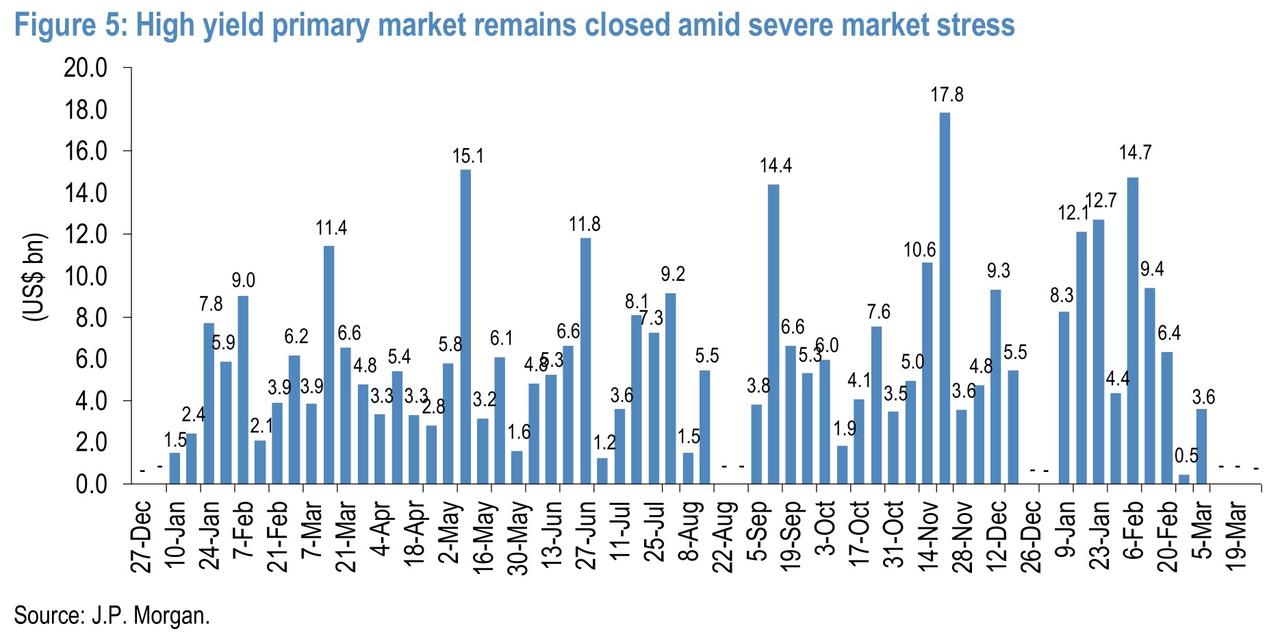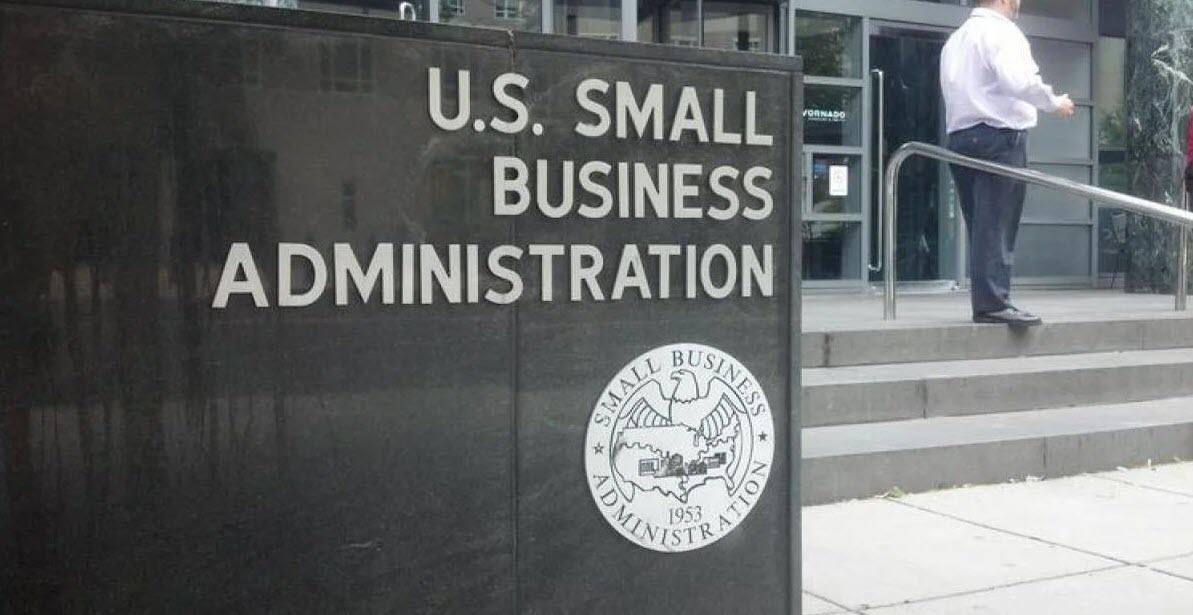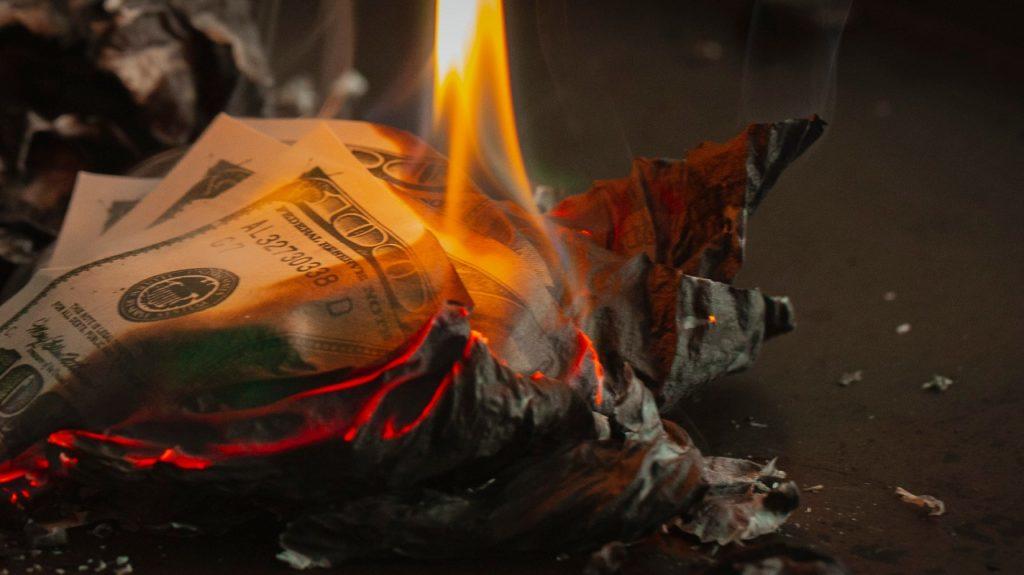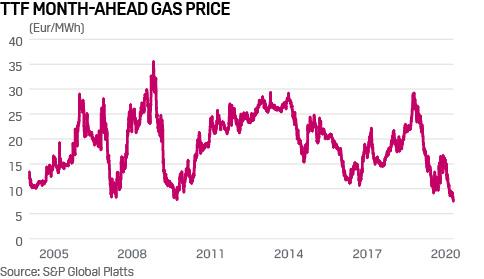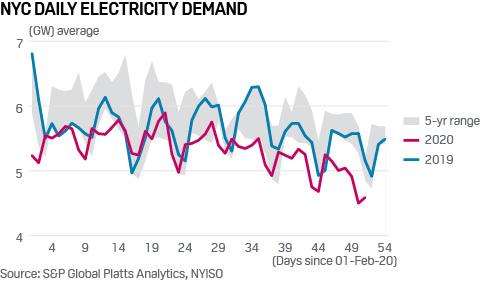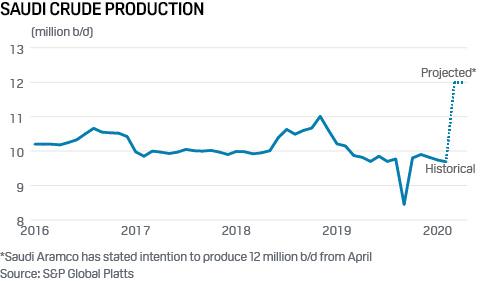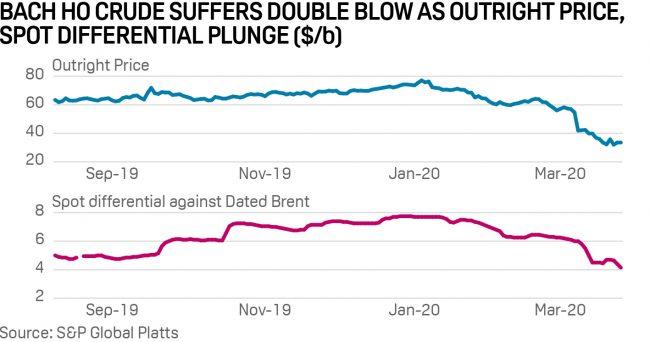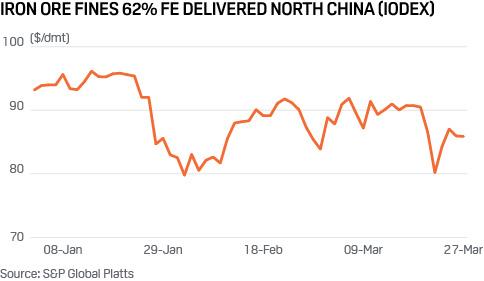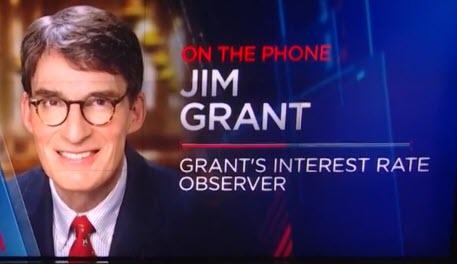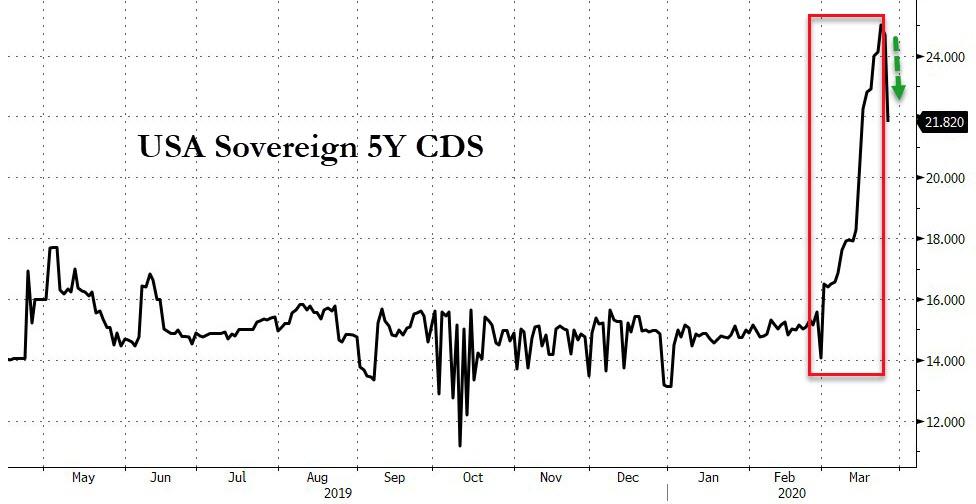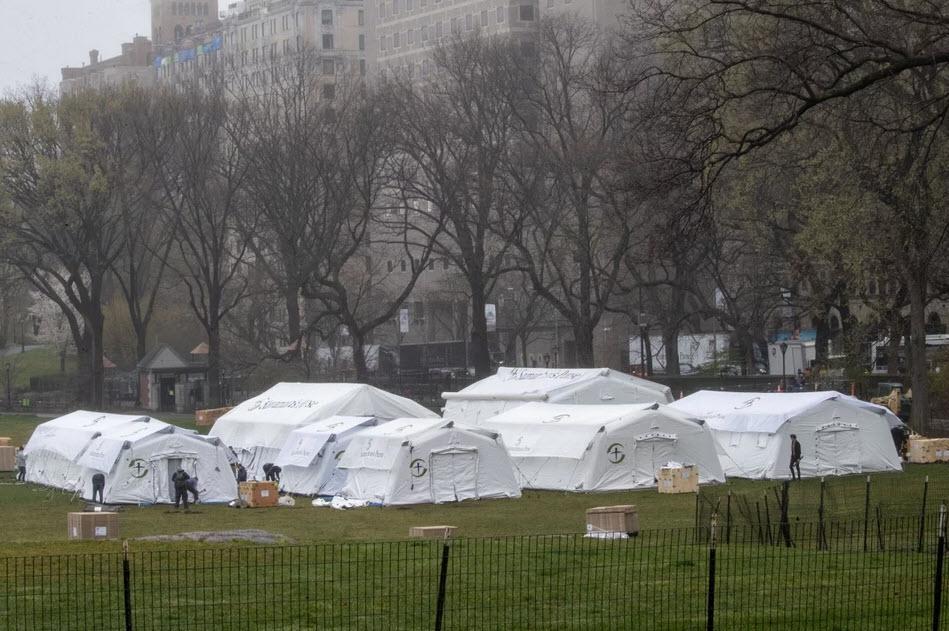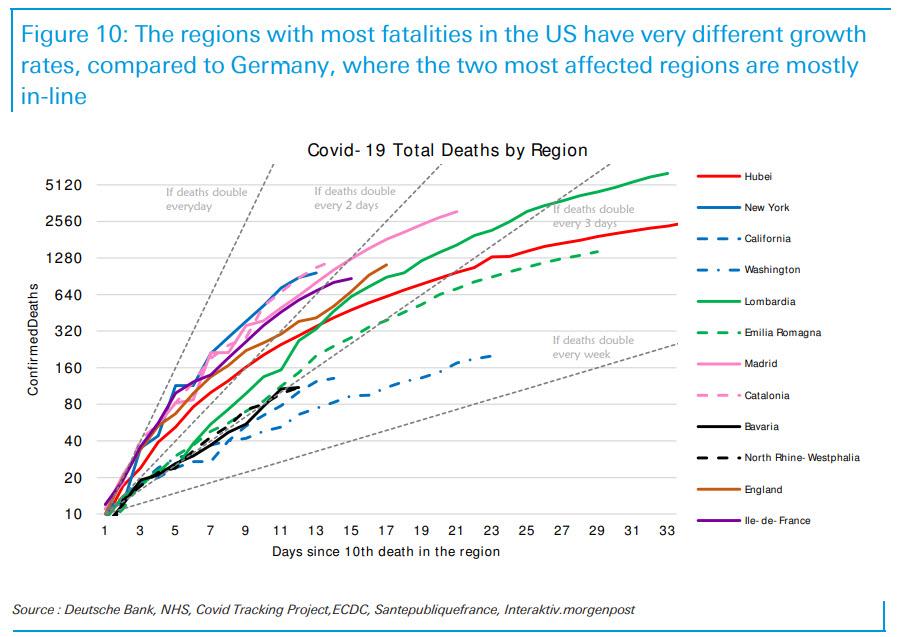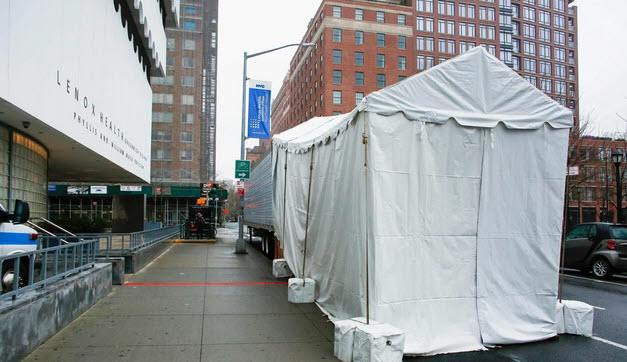Junk Bond Market Reopens With 6x Oversubscribed Offering From YUM! Brands
For nearly a month, the high yield market was understandably frozen without a single junk bond deal pricing as yields exploded higher, forcing the Fed to step in with an unprecedented intervention to prop up investment grade debt, going so far as to buy the LQD ETF.
That changed on Monday, when the first junk bond in nearly a month was marketed, a sign that even the high yield market is starting to recovery.
According to Bloomberg, YUM! Brands is looking to sell $500 million, the first high-yield bond to hit the U.S. market since Charter Communications on March 4. As we first observed last week when we noted that the “Bond Market Tears In Two: Distressed Debt Is Cratering, As Fed Buying Of Investment Grade Sends LQD NAV Soaring“, the investment-grade bond market has been pumping out deals in record volumes, but the high-yield market has been slower to ignite, amid a surge of debt trading at distressed levels.
Confirming that nobody has learned any lessons, the YUM! offering was met with tremendous investor demand, and with $3 billion in orders, or 6x oversubscribed, the syndicate has already increased the deal size to $600 million from $500 million.
While the high yield market has been slow to recovery, in the investment-grade market, companies still able to raise funds are doing massive debt offerings. As Bloomberg reports, Oracle and Anheuser-Busch InBev are among those offering multi-tranche bond deals Monday between the U.S. and Europe, rushing to boost their liquidity and take advantage of the open window in case markets seize up again. It follows a blank session in Asia’s dollar bond market, where there’s been no issuance for several weeks.
Oracle is in the market for the first time since 2017 with a six-part offering, with maturities ranging from five to 40 years. AB InBev’s 4.5 billion euro ($5 billion) sale includes bonds due in seven, 12 and 20 years.
“As corporates should remain keen on retaining liquidity to weather the growing pain of lockdowns, we expect issuance windows to continue to attract issuers,” Commerzbank strategists said in a note to clients this morning.
Sure enough issuance is not only continuing, but soaring, and last week alone U.S. companies borrowed a record $109 billion, which was met with $550 billion of demand, in what one dealer called a “food fight” for new bonds, according to Bloomberg. It was a similar story in Europe, where investors placed more than 310 billion euros ($340 billion) of orders for about 75 billion euros of bonds. Asia’s dollar bond market, however, hasn’t had any issuance for several weeks.
Why? Because as the Fed has demonstrated should the market turn south, the Fed will have no choice but to double down and bailout both issuers and bond buyers all over again.
Tyler Durden
Mon, 03/30/2020 – 15:20
via ZeroHedge News https://ift.tt/39y5Gci Tyler Durden
